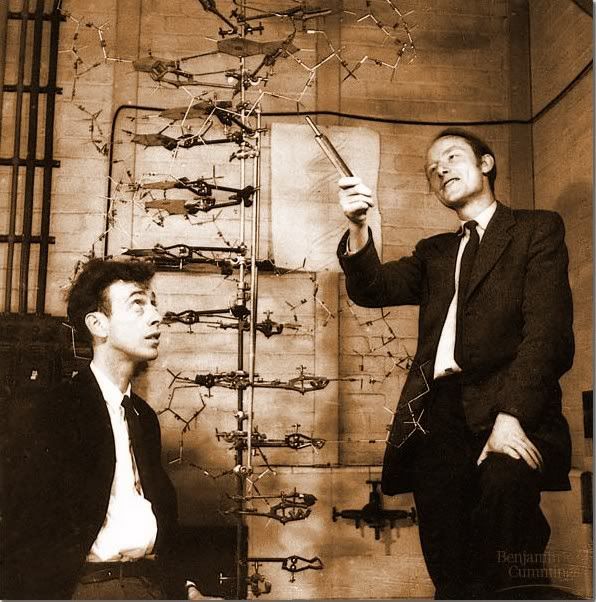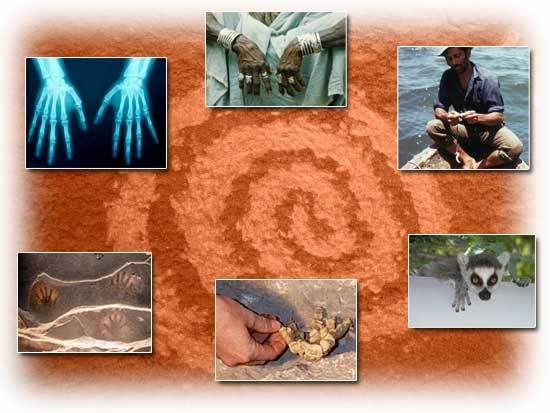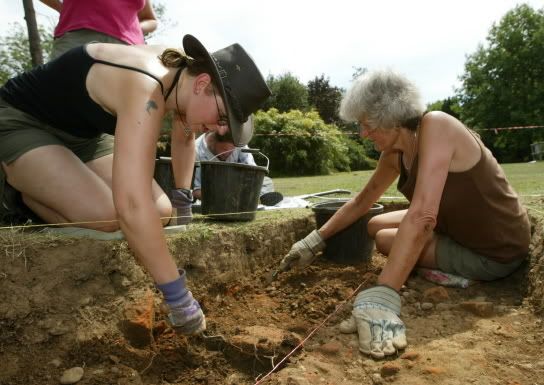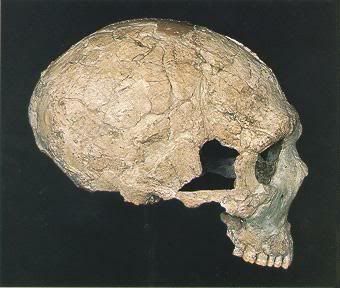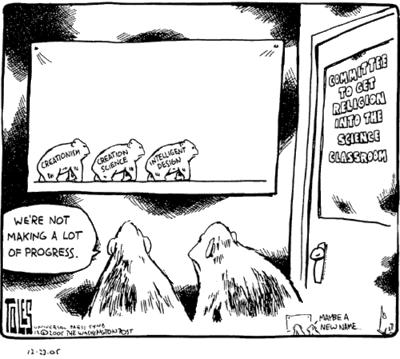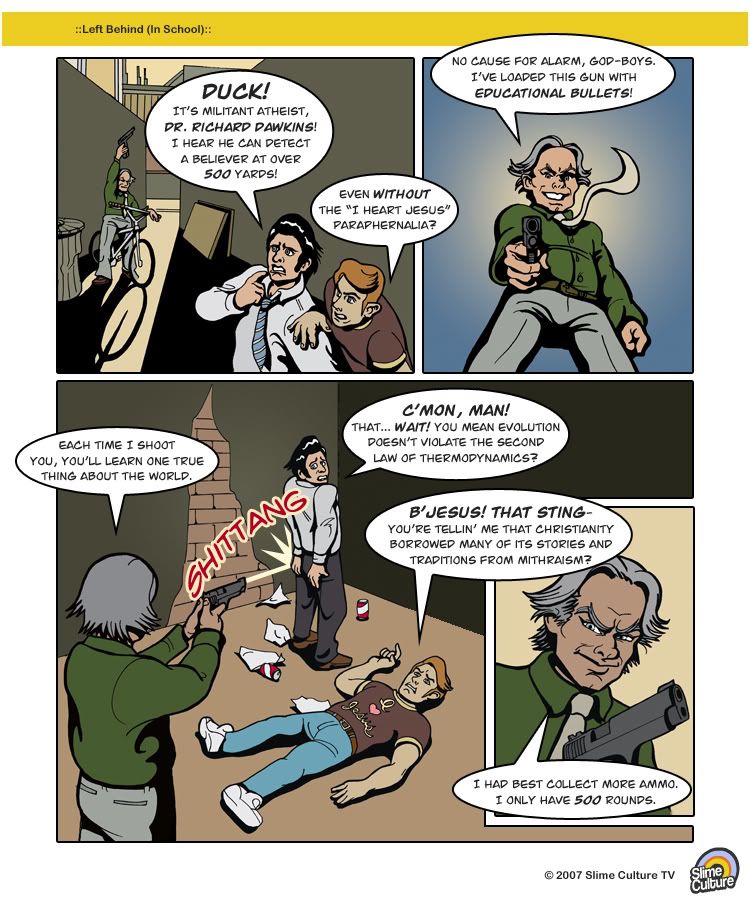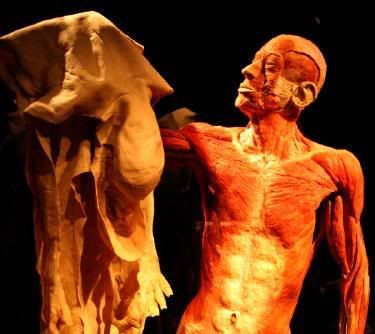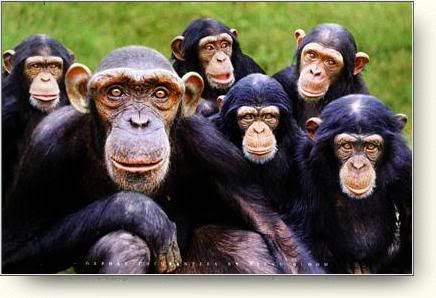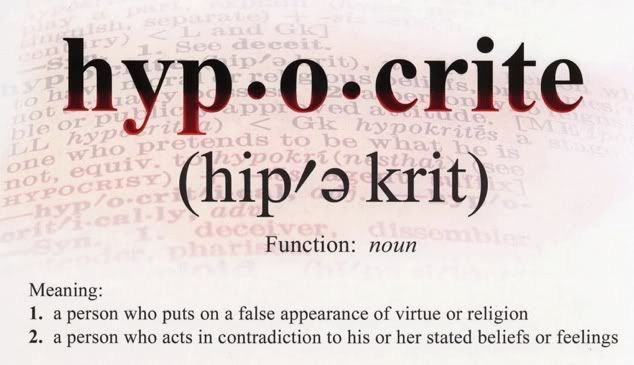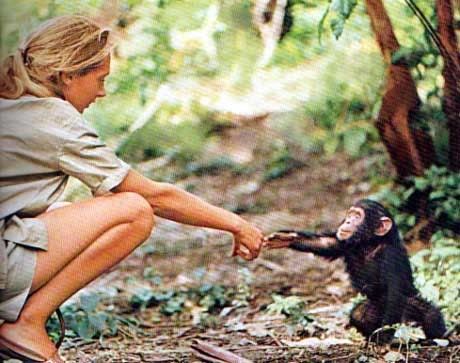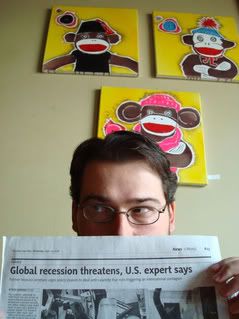How genes for altruism can benefit strangers as well as kin

The generosity of adoption has long been considered a unique human hallmark.
Image: Shadows of Forgotten AncestorsFor decades it was conventional dogma that humans were the only species that used tools. “Man the Toolmaker” was our celebrated designation. The hominin fossil
Homo habilis (or "handy" man) was even defined within our genera primarily because the skeleton was associated with stone implements. However, when Jane Goodall discovered chimpanzees using modified sticks at Gombe to “fish” for termites, Louis Leakey famously cabled her that:
“Now we must redefine man, redefine tool – or accept chimpanzees as human.”
By now people should stop insisting on singling out specific human behaviors and declaring them to be unique in the natural world. Invariably, whatever special attributes humans possess, other primates do in some form as well. For many years it’s been argued that humans are the only primates that will adopt unrelated individuals to care for as their own. This has been conventional wisdom because it doesn’t make intuitive sense according to the rigid definition of biological fitness.
Since animals, including humans, are primarily ambulatory vehicles for their selfish genes, it would be to one's benefit to care for a niece or cousin that lost their mother but not for a stranger of which there was no genetic relation. This is because any genes that promoted such altruism towards unrelated individuals would end up losing out by using up resources that didn’t perpetuate themselves. However, these “altruistic genes” would be passed on and thrive if they were helping a kin member with similar genetic makeup. In the currency of reproductive fitness, nepotism pays.
However, in the early edition of the journal
Primates (subscription required), Cristiane Cäsar and Robert John Young report on a case of adoption among a wild group of black-fronted titi monkeys (
Callicebus nigrifrons) from the rainforests of Brazil.
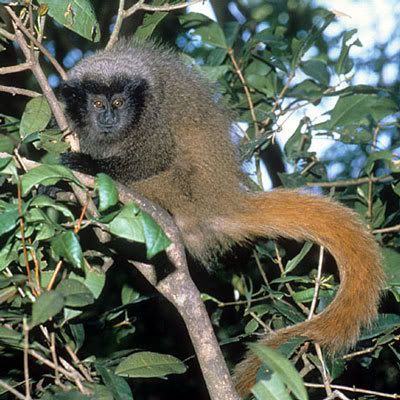
Titi monkeys found to adopt abandoned orphans.
Image: Luiz Claudio Marigo
Since July of 2005 the team has been studying this largely unknown species, when, much to their surprise, they witnessed a new infant traveling with the group that wasn’t there previously (the authors subsequently determined that a nearby group was missing an infant). Presumably the infant got lost from its former group and ended up being saved by the latter. Even more remarkably, it was the male in the new group that provided much of the adoptive care:
“Observations of the adoptive group confirm that it was being cared for by the adult male, and initially the group’s adult female was nursing the infant alongside her biological infant. . . Thus, in the case of adoption by C. nigrifrons there is an argument to include male primates in the definition of adoption.”
This would appear to undermine the notion that only related individuals would be adopted and cared for by others. However, the authors speculate that the two groups might be distantly related, thus suggesting kin altruism as the explanation for this unique occurrence. While this could be, the coefficient of genetic relatedness would likely be much too low for such a large investment to be in the genetic interests of the adoptive parents. Furthermore, any genetic mechanism involved (let alone an epigenetic one) would be unlikely to be so precise as to differentiate a kin member from a stranger. Since any orphan they come across would have a higher chance of being from their own group (and thus closely related), a genetic “rule of thumb” would be to provide assistance to all abandoned infants so long as resources were available.
Much the same has been argued for the origin of human altruism. Since most modern hunter-gatherer populations (and presumably our hominin ancestors) live in small groups of closely related individuals, the chances of helping a kin member by behaving altruistically are very high. Our genes today are descended from such close knit communities and don’t realize that we now live in enormous populations of strangers where being generous doesn’t directly improve our reproductive fitness.
By this simple act of adopting a strange infant, these titi monkeys are teaching us an important lesson about evolutionary strategies. While the net sum of behaviors in the natural world is for the perpetuation of their genes, such mechanisms can’t always differentiate the forest for the trees. Genes that evolved for one set of environmental constraints (in this case helping the infant of a kin member) could promote behaviors for another (helping the infant of a stranger). This should give us some hope as political commentators suggest that our world is spinning out of control as the result of factionalized groups based around instincts for kin networks. If we can extend our notion of kin from our local population to the global community, then perhaps we’ll find a way to help one another. Our genes are already primed to benefit their close relations, we just need to find a way to put them to use for the benefit of the human family.
Reference:
Cristiane Cäsar and Robert John Young (2007). A case of adoption in a wild group of black-fronted titi monkeys (
Callicebus nigrifrons).
Primates, published online Oct. 16. doi: 10.1007/s10329-007-0066-x

 [Read more →]
[Read more →]






